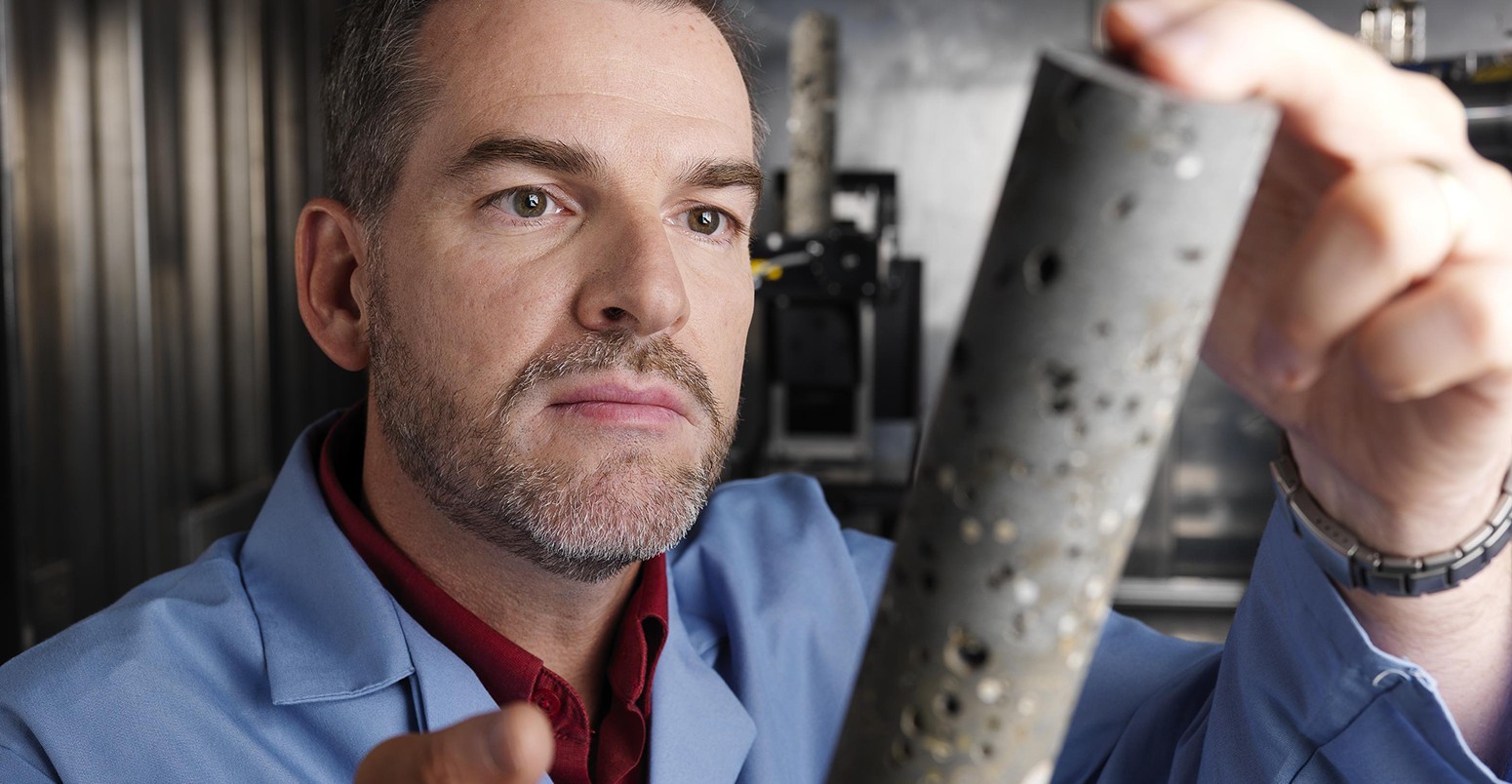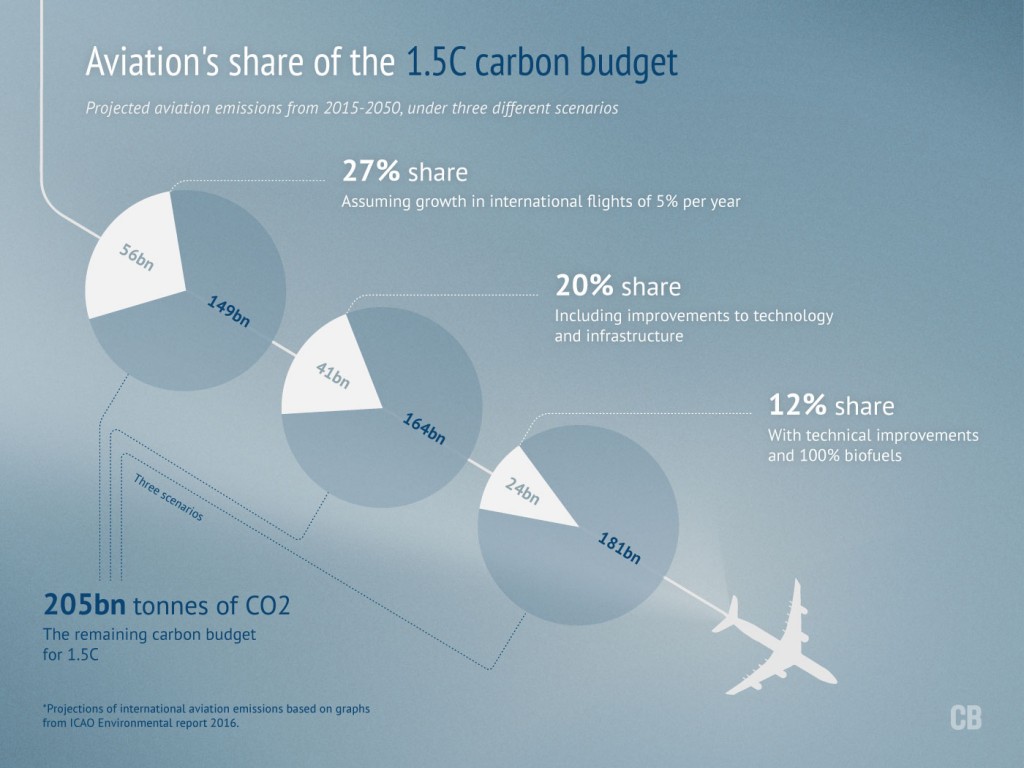
Guest post: What technologies are available for meeting the 1.5C goal?

Sam Hampton
09.29.16
Sam Hampton
29.09.2016 | 12:12pmA guest article by Sam Hampton, a doctoral researcher at the Environmental Change Institute. Hampton was one of the rapporteurs at the 1.5 Degrees conference which took place in Oxford last week. Carbon Brief also reported from the conference.
Last week, the University of Oxford’s Environmental Change Institute (ECI) held a conference aimed at responding to the ambitious target set by the Paris Agreement to “pursue efforts” to limit global temperature rise to 1.5C.
The ambitious mitigation objective came as a surprise to some in the scientific community, and last week’s gathering provided one of the first opportunities for scientists to discuss practical pathways toward achieving this goal.
One topic high on the agenda for the meeting was the role of technology. Already firmly at the core of efforts to decarbonise the global economy, different technologies to reduce emissions – and even reverse them – are increasingly being recognised as central to meeting the 1.5C goal.
Blowing the budget
In a session entitled “mitigation options”, chaired by Prof Nick Eyre, professor of energy and climate policy at the ECI, the speakers set the scene by driving home the scale of the challenge of staying below 1.5C.
Prof Alice Bows of the Tyndall Centre explained how aviation and shipping currently make up 4-5% of global emissions. With even modest growth, these industries would emit 50% of the remaining carbon budget for 1.5C, her talk showed.
For aviation to do its bit for good chance of staying within 1.5C, @AliceClimate says needs 20% intensity reduction PER YEAR #1point5 pic.twitter.com/z8XDwRCBSY
— Leo Hickman (@LeoHickman) September 21, 2016
Dr Monica Zurek, a senior researcher at the ECI, added to this gloomy picture by explaining how emissions from the global food system are also on the rise, already making up 25-35% of greenhouse gases.
As a technical aside, the conference saw some debate over the size of the “carbon budget” remaining to stay below 1.5C, and how long it will take to exhaust it.
Although estimates vary, Prof Pierre Friedlingstein from the University of Exeter explained how the most conservative models estimate another 20-30 years of current emissions will warm the climate from its current state of 1C since the pre-industrial era, to 1.5C.
Prof Damon Matthews from Concordia University in Montreal presented a somewhat more pessimistic view, giving his talk in front of his countdown clock which indicates a timeframe of just under 16 years remaining.

Infographic: Aviation’s share of the 1.5C budget. By Rosamund Pearce for Carbon Brief.
A focus on negative emissions
Whatever the size of the remaining budget, the likelihood of “overshooting” 1.5C and later removing carbon dioxide from the air using negative emissions technologies (NETs) quickly became a theme of the conference.
Prof Pete Smith, chair in plant and soil science from the University of Aberdeen, pointed out that 80% of global integrated assessment models apply NETs extensively to achieve 1.5C, despite considerable technical, economic, social and political uncertainties.
https://twitter.com/AliceClimate/status/778560654928142336
Speaking at the public debate in the Oxford Town Hall before the conference, Prof Nebosja Nakicenovic, deputy director of the International Institute for Applied Systems Analysis in Austria, suggested that in the case of NETs, the “cure may be as dangerous as the disease itself”.
Raising questions of governance and responsibility, he highlighted the potential geopolitical ramifications of a country taking unilateral action. Instead, he argued the potential of zero-carbon technologies, such as NET Power’s Allam Cycle demonstration power plant, and the prospect of creating an Asian ‘super grid’ by harnessing the solar potential of the Gobi desert.
Feasibility and acceptability
For many speakers, however, there was concern that such technologies would not go far enough to deliver safe levels of climate change, hence the requirement for other methods.
Henrik Karlsson from Biorecro, a carbon capture and storage (CCS) company in Stockholm, emphasised that the technology is proven at industrial scale. In a provocative but humorous presentation, he introduced the facility at Decatur, Illinois, which has already sequestered 1m tonnes of CO2. Highlighting that scaling and financing remained significant challenges, Karlsson called for evaluation and improvement “on the go”.
Henrik Karlsson of Biorecro argues for immediate deployment of BECCS. Invest $trillions, learn by doing& it'll drive sustainability #1point5
— Kevin Anderson (@KevinClimate) September 21, 2016
Prof Stuart Haszeldine from the University of Edinburgh added to the case for CCS, pointing to Norway’s Sleipner CO2 storage project. Like Karlsson, he concluded that the biggest challenge is to encourage private investment but that business needed strong, consistent policy. Warning of the scale of the task, Haszeldine pointed out that, whereas discussion on realising CCS at scale is often focused on electricity, the challenges of decarbonising heat and transport are, perhaps, even greater.
Haszeldine: No technical reason to delay CCS. We could have done it in the UK in 2005, but no political will #1point5
— Roz Pidcock (@RozPidcock) September 22, 2016
Zara L’Heureux from Columbia University then described recent work from the Centre for Negative Carbon Emissions in Arizona, demonstrating the feasibility of direct air capture (DAC) for carbon sequestration. The project aims to roll-out one-tonne-per-day storage facilities, each about the size of a shipping container, though doubts remain over the cost reduction potential of DAC.
A number of speakers called for further research into the feasibility of NETSs, while others focused on the importance of governance, equity and social acceptability. Speaking about bioenergy with carbon capture and storage (BECCS), Prof Henry Shue from Merton College, Oxford and Peter Frumhoff from the Union of Concerned Scientists highlighted the uneven regional impacts of a future world with large swathes of agricultural land dedicated to providing inputs for energy production.
Prof David Keith from Harvard University was the only presenter to address the controversial topic of solar radiation management (SRM), hypothesising that if the technology could be used to offset half of the growth in human-caused radiative forcing, it could substantially reduce the aggregated risks of climate change.
Keith suggested that at this scale of deployment, the predicted impacts on global precipitation patterns could be mitigated. So while SRM is not strictly required for 1.5C, the onus is on the research community to seek the ability to implement it in the near term, he concluded.
Solar geoengineering may not necessarily be required for #1point5 but may be necessary to be certain of it, says David Keith
— Mat Hope (@matjhope) September 21, 2016
Taking a different perspective, Dr Maarten van Aalst from the Red Cross/Red Crescent Climate Centre pointed to research on the potential impact of SRM on seasonal monsoons, with potentially disproportionate effects on developing countries. Social scientists and philosophers have an important role to play in addressing questions of climate justice and energy equity, he said.
Difference of opinion
The dominance of discussions about future technology options was not popular with all the conference delegates, however. Prof Kevin Anderson, deputy director of the Tyndall Centre, expressed his concern that the attention given to NETs was distracting from mitigation efforts, for example:
There's a serous risk the 1.5°C/NETs/BECCs agenda is another distraction from real mitigation @piersforster @AliceClimate @1p5deg #1point5
— Kevin Anderson (@KevinClimate) September 21, 2016
Some contributors also felt that the role of reducing energy demand was comparatively neglected in the presentations.
Prof Nick Eyre highlighted that in the IPCC’s Fifth Assessment Report, mitigation efforts to reduce energy demand made up 50% of decarbonisation pathways, with a focus on energy efficiency and the electrification of transport and space heating using existing and emerging technologies.
Eyre: Sustainable consumption as important as sustainable production, demand side too often marginalised in climate conversations #1point5
— Roz Pidcock (@RozPidcock) September 22, 2016
Dr Charlie Wilson from the University of East Anglia explained how “technological and social change are entwined and interconnected”, but that the physical and economic attributes are most often discussed when evaluating the potential of a technology.
The conference concluded in this vein, with Prof Achim Steiner, having been recently appointed as director of the Oxford Martin School following his role as executive director of the United Nations Environment Programme, challenging those who felt that 1.5C was inevitable to rethink their assumptions.
He reminded attendees that the problem of climate change will not be solved by technical solutions alone, but will involve unprecedented social change. The onus on the research community, in the forthcoming IPCC Special Report on 1.5C and beyond, is to map out these transformations in the decades to come:

